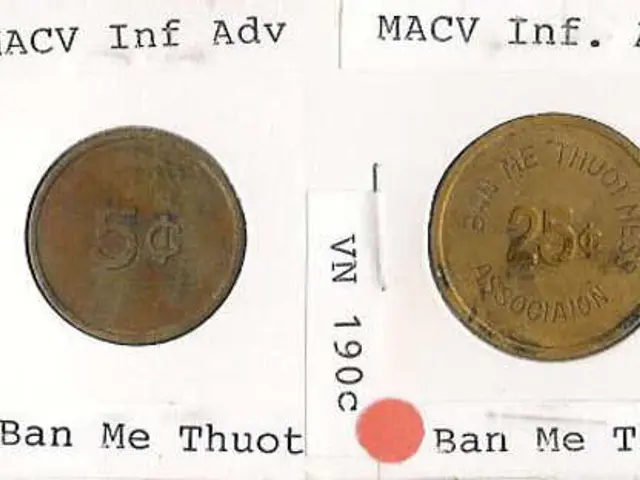Python's `partition()` Method: A Powerful Tool for String Parsing
Python's built-in method offers a handy way to split strings. It divides a string into three parts based on the first occurrence of a specified separator.
The method is particularly useful when dealing with special characters as separators. It's ideal for parsing key-value pairs in structured formats. Here's how it works:
splits a string into three parts: the part before the separator, the separator itself, and the part after the separator. It returns these as a tuple. For example, 'first watch' and would return .
It only considers the first occurrence of the separator, ignoring any that follow. If the separator isn't found, it returns the entire string as the first element, and empty strings for the other two. For instance, 'first' and would yield .
The method is a versatile tool for parsing strings with predictable formats and known delimiters. It's particularly handy for tasks like parsing filenames, email addresses, or structured messages in Python.
Read also:
- Web3 social arcade extends Pixelverse's tap-to-earn feature beyond Telegram to Base and Farcaster platforms.
- Germany's Customs Uncovers Wage, Immigration Violations in Hotel Industry
- U.S. & China Agree to Temporary Trade Truce, Easing Tariffs
- FKS Inspections Uncover Wage, Security, and Employment Violations in Hotel and Catering Industry








